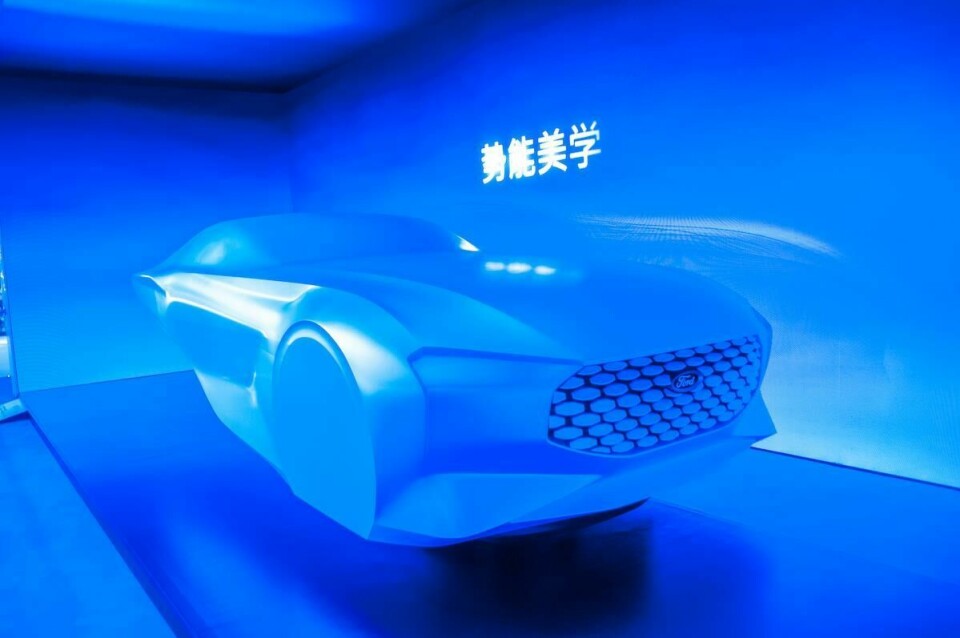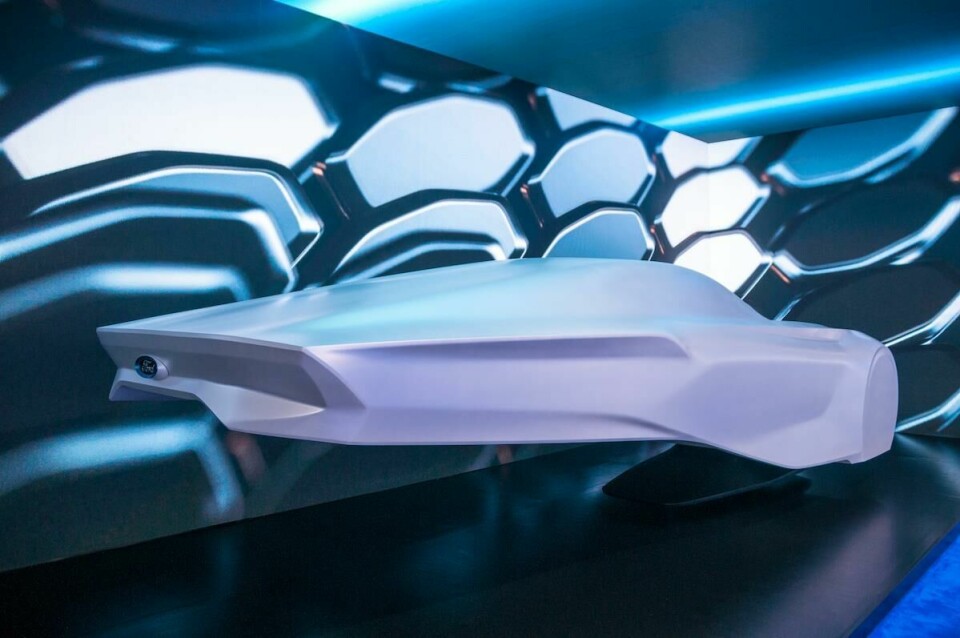
Ford sculpts the future at the Beijing Auto Show
Ford unveiled a new design language rather than a car at the Beijing Auto Show. Design director of Ford China Max Wolff explains why.
Ford has been struggling in China for a few years now. After sales peaked at 951,396 in 2016 they fell to a low of just 232,555 last year. The signs are though that a revival is now underway, the second quarter of 2020 saw the first sales increase in three years with a respectable 158,589 cars. If the decline can be attributed to an ageing line up which didn’t appeal to Chinese consumers, the turn around comes thanks to progress on the ’In China, for China’ policy of Ford China 2.0.
Embodying that change at Beijing is not a car but a concept art piece showing Ford’s new ‘Progressive Energy in Strength’ design language. The sculpture interprets Ford’s pioneering spirit across four fronts: performance, design, technology and experience.
It marks an important time for Ford in China. During the final quarter of 2020 Ford’s new design centre will open. This will include an integrated innovation centre. But it is part of the changes that have been implemented over the last few years. At the start of last year, Max Wolff became design director of Ford China, and during his tenure Ford has progressively moved from limited 2D creative proposals to an advanced studio.

“We’ve taken some of the elements of Ford products that are timeless and very popular around the world and turned them into this wonderful sculpture,” says Wolff. There are three pillars of the progressive energy in strength idea: commanding, agility and responsive.
The sculpture has the commanding presence of the front end of the vehicle. It features a Ford grille made up of matching shapes which internally has been nicknamed the dragon scale grille. “The grille concept is initially only for the model and we developed it to appeal to Chinese customers but who knows what happens from here,” explains Wolff.
Then there is the ability to be always looking forward, represented by the forward movement line work. As light passes across the sculpture it appears to shimmer. The piece measures around two metres long and has been made in a silver material.
“We’re building a really strong creative team in China developing products specifically for the Chinese customer whilst also leveraging Ford’s global creative strength,” explains Wolff. Over the last two years the team has grown from ten people to 60. The new design centre will be full service allowing Ford to create cars in China for China from start to finish along with contributing a China perspective to global programmes. Ford’s previous China only models such as the Escort and Taurus were largely designed in the Australian studio.
“We will be going from what was effectively an office space to an area where we can build 3D models, have a full VR capability and have two full size LED screens and be in a design and technology development centre,” says Wolff of the forthcoming move.



